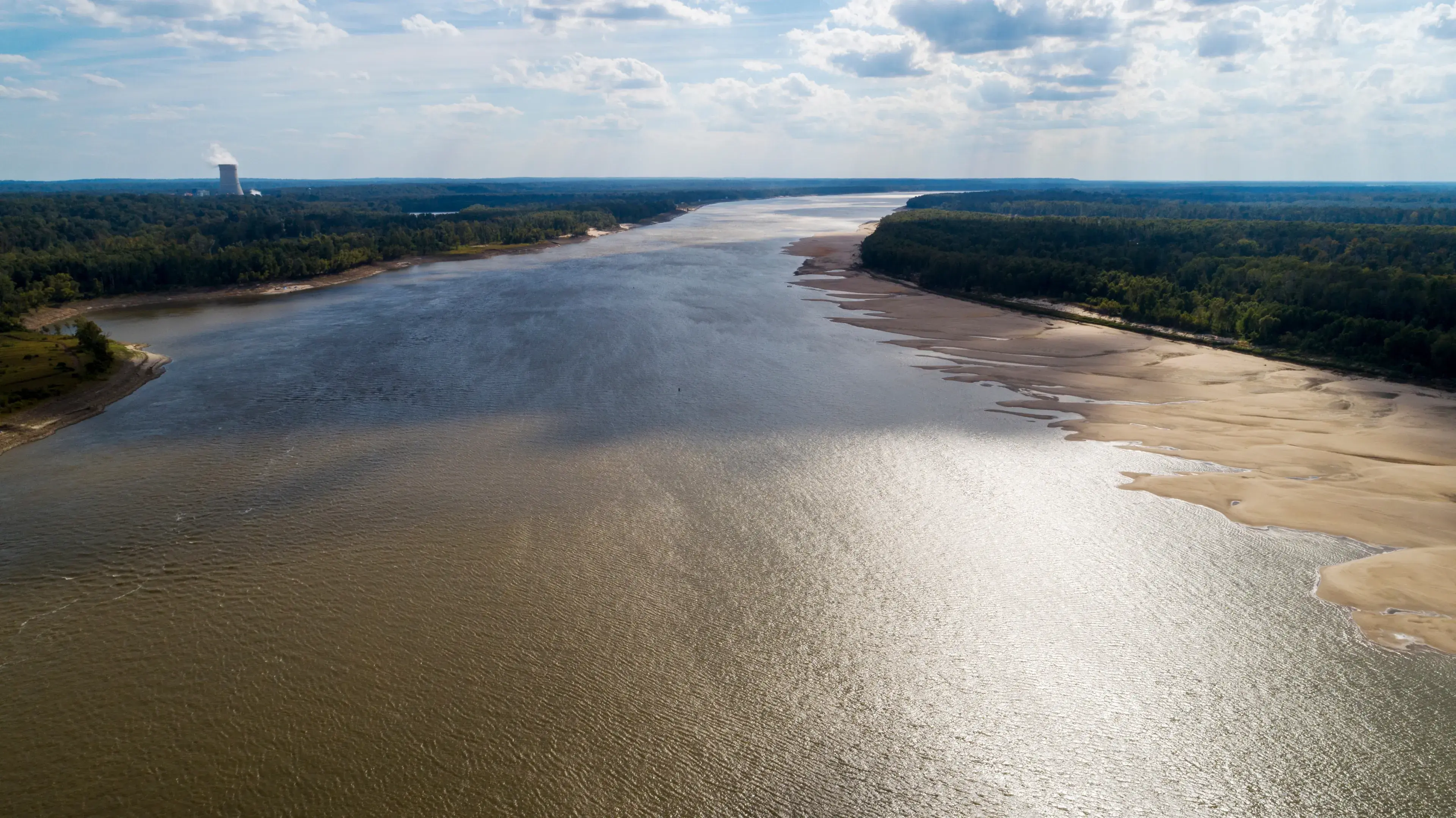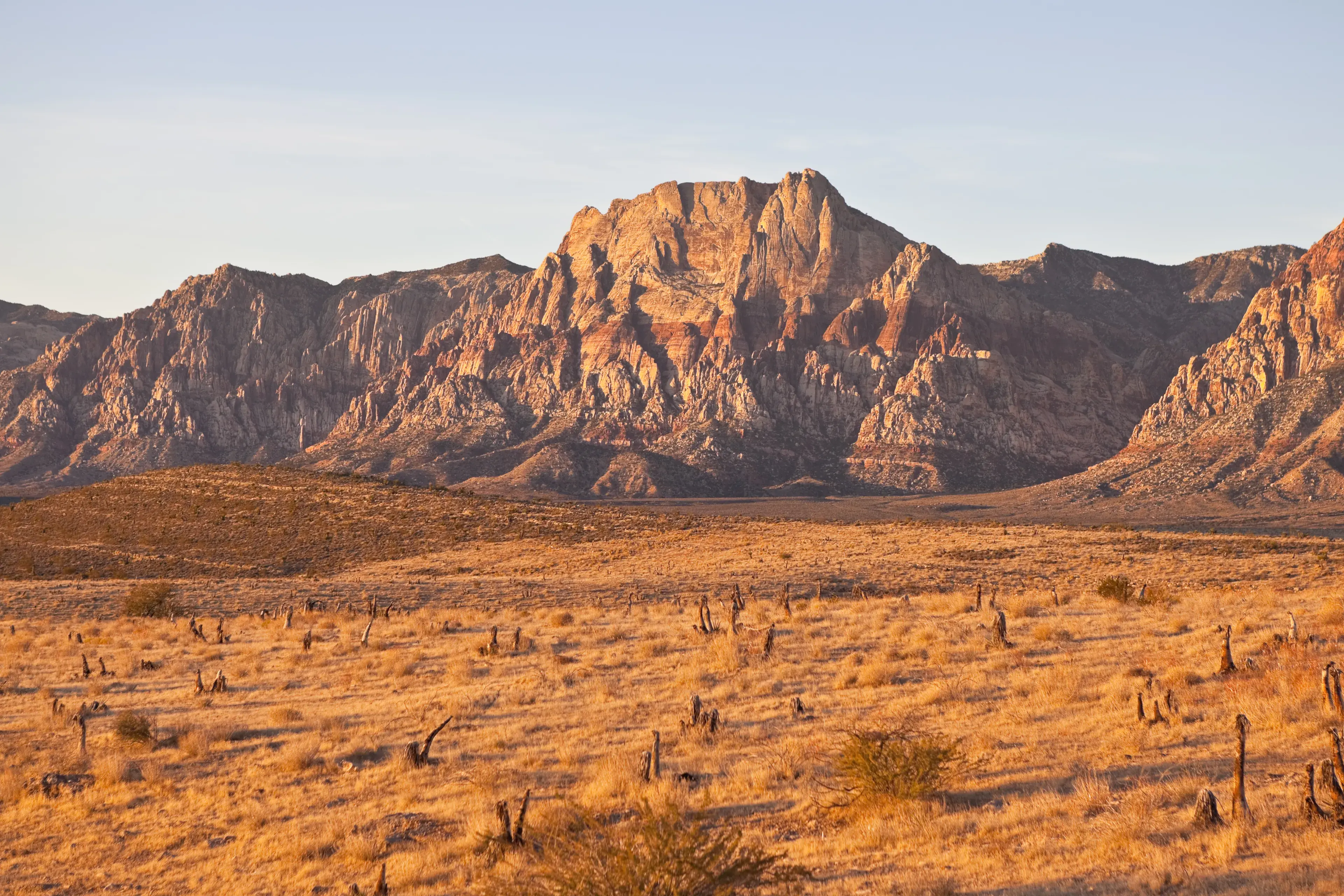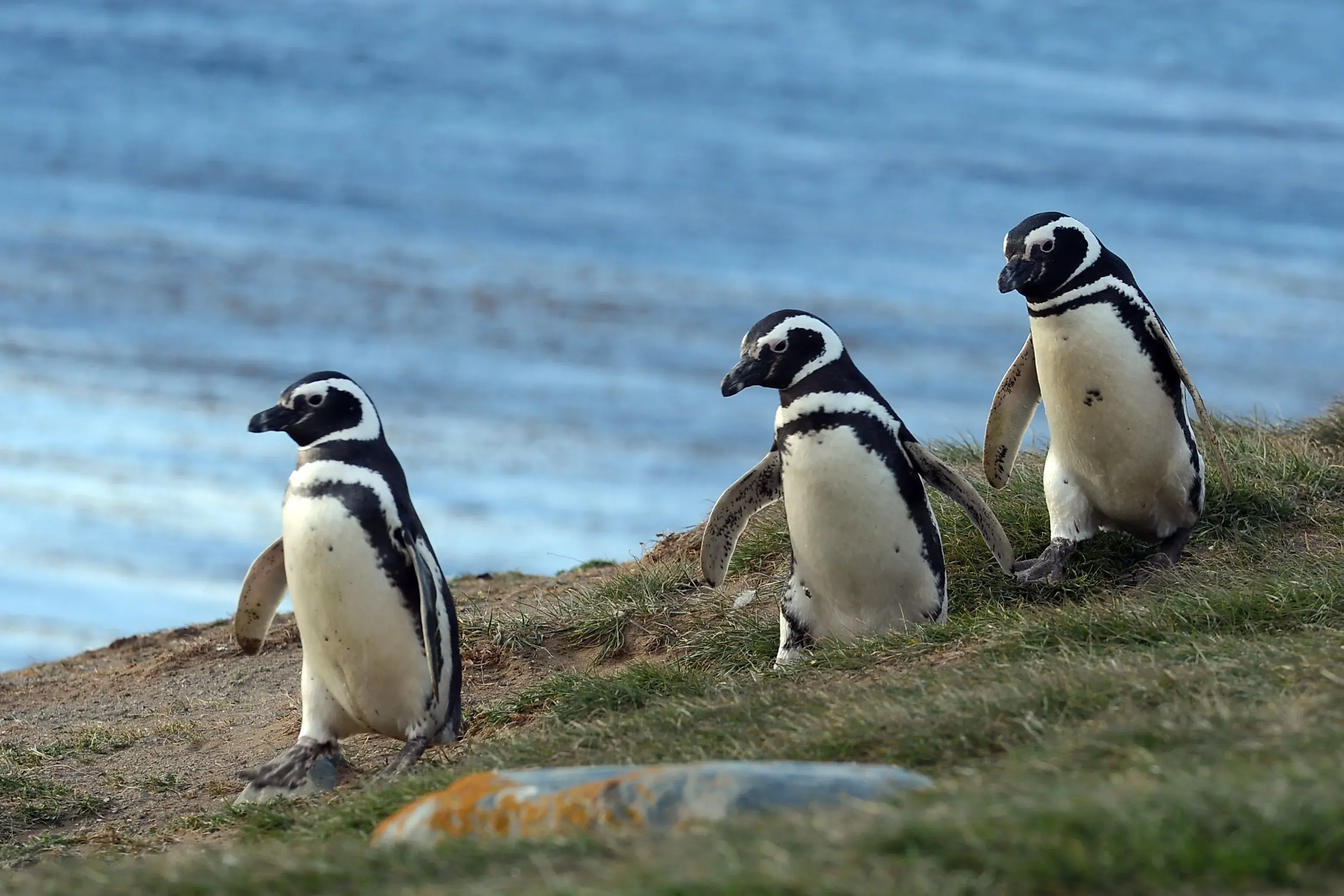
The Penguins of Magdalena Island
Updated August 12, 2023Welcome to the captivating world of Magdalena Island, renowned for its exquisite beauty, unique geographical features, and above all, its abundance of Penguins—one of nature's most extraordinary creatures. These flightless birds are not just striking to observe, but they form an integral part of Magdalena Island's ecosystem—a topic deep-diving in this article.
Overview of Magdalena Island
Located off the shores of Chile, within the Strait of Magellan, Magdalena Island is one of the most important penguin colonies worldwide. It's a tourist magnet, hosting thousands of visitors each year who come to marvel at the thriving penguin populations.
Importance of Penguins on Magdalena Island
On Magdalena Island, Penguins are far more than just an intriguing spectacle; they play a critical role in maintaining the balance of the island's ecosystem. They contribute towards biodiversity, control the population of their prey (mostly krill and fish), and their guano (excrement) provides essential nutrients that benefit the island's soil.
Geography of Magdalena Island
Where it's located
Magdalena Island is Chile's gem, nestled in the Strait of Magellan in the country's extreme south. It's a part of the Los Pingüinos Natural Monument—a significant sanctuary for wildlife in Chile.
Its climate and environment
With its cool, windy, and damp climate, Magdalena Island offers an ideal environment for cold-adapted species like penguins. Thanks to the Humboldt Current, which brings cold water from Antarctica, the surrounding seawaters are rich in nutrients, thereby attracting a plethora of marine life, including fish and krill—main food sources for the penguins.
Classes of Penguins on Magdalena Island
Magdalena is predominantly home to the Magellanic Penguins, named after Ferdinand Magellan, who first spotted them in 1520 during his voyage around the tip of South America. Although other species occasionally appear, Magellanic Penguins comprise over 90% of the island’s penguin population.
Unique characteristics of each species
Magellanic Penguins are medium-sized, boasting black backs, white abdomens, and distinctive two black bands between their heads and chests. They're known for their loud braying call, earning them the nickname, the "Jackass Penguin".
Life of Penguins on Magdalena Island
Penguin lifestyle and habits
Magellan Penguins are social creatures, living in large nesting colonies during the breeding season. The burrows they dig for nesting purpose not only provide shelter from predators but also protection from harsh weather. Typical activities include swimming, preening, and huddling together for warmth.
Feeding and survival methods
Magellan Penguins primarily feed on krill, squid, and small fish. They can dive up to 100m to catch their prey and are known to travel extended distances in their quest for food. Their solid bones aid in reaching depths, while their shape and powerful flippers aid swift navigation through waters. Their countershaded coloration also provides excellent camouflage, facilitating their survival against predators.
Stay tuned as we'll further explore the penguins' role in the ecosystem, preservation initiatives, and how you as a visitor can observe these fascinating creatures responsibly.
Role in the Ecosystem
The penguins on Magdalena Island make a significant impact on its ecosystem. By consuming krill, squid, and fish they control the abundance of these species, maintaining harmony in the marine environment. More so, through a process known as guano deposition, the penguins' excrement serves to enrich the island's soil—providing vital nutrients that contribute to an active and diverse plant community on the island.
Interrelationship with Other Species and the Environment
Magellanic Penguins also participate in close relationship with various other species. They share their habitat with numerous birds and mammals, including sea lions and different species of seagulls. Furthermore, their very existence is closely entwined with the surrounding ocean environment, reliant on its bounty for nourishment.
Conservation of Penguins
Current Conservation Efforts
The conservation of Magellanic penguins is essential to the island and its marine environment. Recognising this, Magdalena Island has been declared a natural monument—Los Pingüinos Natural Monument. The area is now protected by the Corporación Nacional Forestal, providing a safe breeding ground for penguins and aiding their preservation.
Threats Facing the Penguins
Despite these protections, the penguin population faces numerous threats, including climate change, ocean pollution, and overfishing which deplete their food sources. Increased tourism can also pose a risk if not properly managed.
Ways to Contribute to Conservation
Individuals can contribute to the conservation efforts by following guidelines when visiting the island and respect the penguins' natural habitat. Donations to dedicated wildlife trusts and charities, such as the Wildlife Conservation Network, can really make a difference.
Visiting Magdalena Island
How to Plan a Visit
Access to Magdalena Island is primarily through boat tours, which typically start at Punta Arenas. A tour to the island provides a unique opportunity for visitors to see Magellanic penguins up close in their natural setting.
Guidelines for Respectful Observation of the Penguins
For a symbiotic relationship between tourists and the penguins, it's crucial to be respectful. Visitors should maintain a safe distance, avoid touching the penguins or their nests, and refrain from using flash photography.
Conclusion
Understanding the dynamic relation between the penguins and Magdalena Island fosters a deeper appreciation for the delicate balance of nature. By engaging responsibly, we can ensure the preservation of this wonderful ecosystem and the charming Magellanic penguins. The story of Magdalena’s penguins is truly a testament to nature's resilience and adaptability in the face of change.
As Diane Ackerman keenly observed, "We live in the flicker — may it last as long as Earth keeps spinning." Therefore, let us endeavour to ensure the penguins' narrative continues for generations to come.
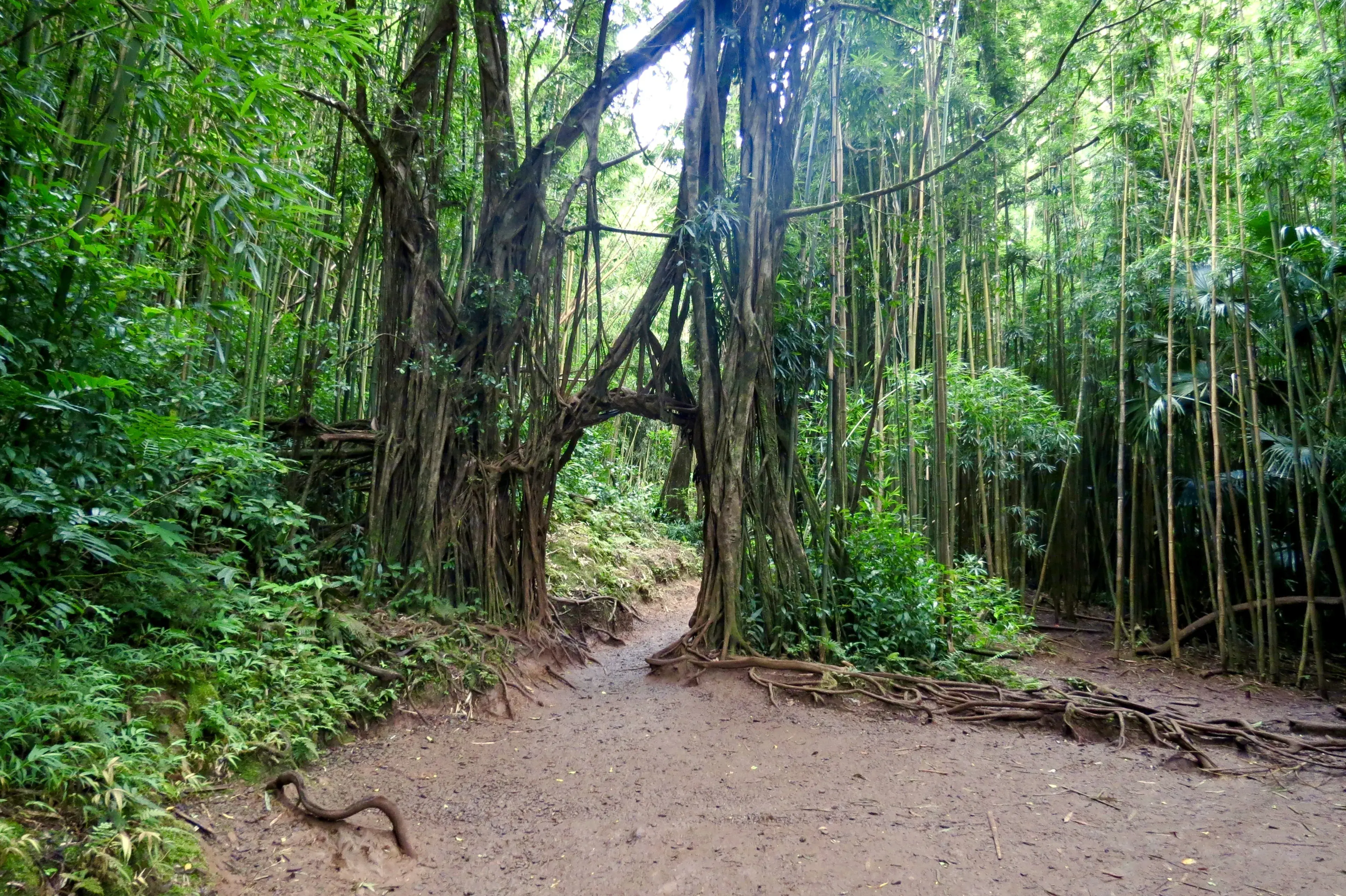
The 5 Best Hikes in Honolulu
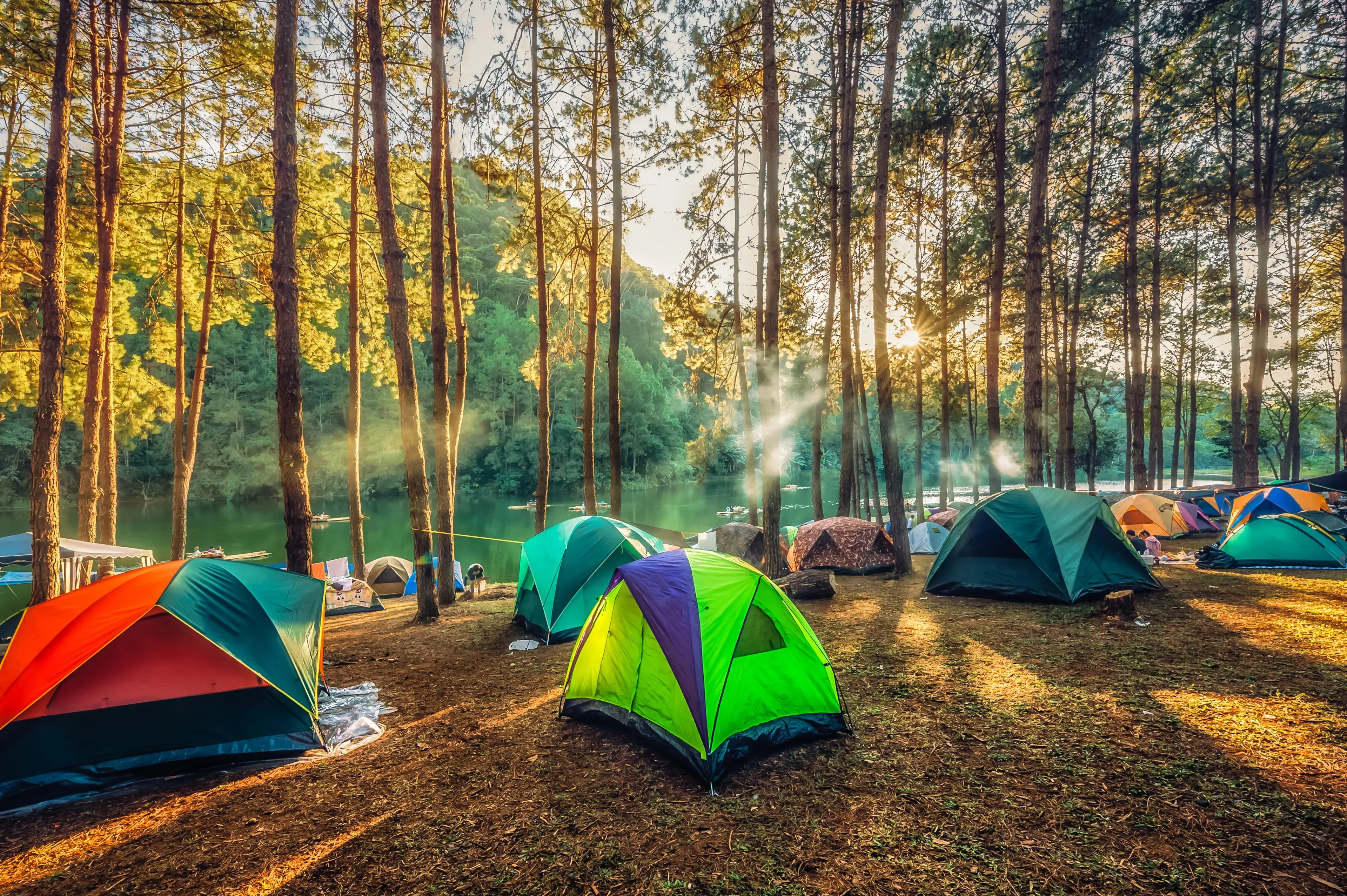
Camping: An Inexpensive Vacation
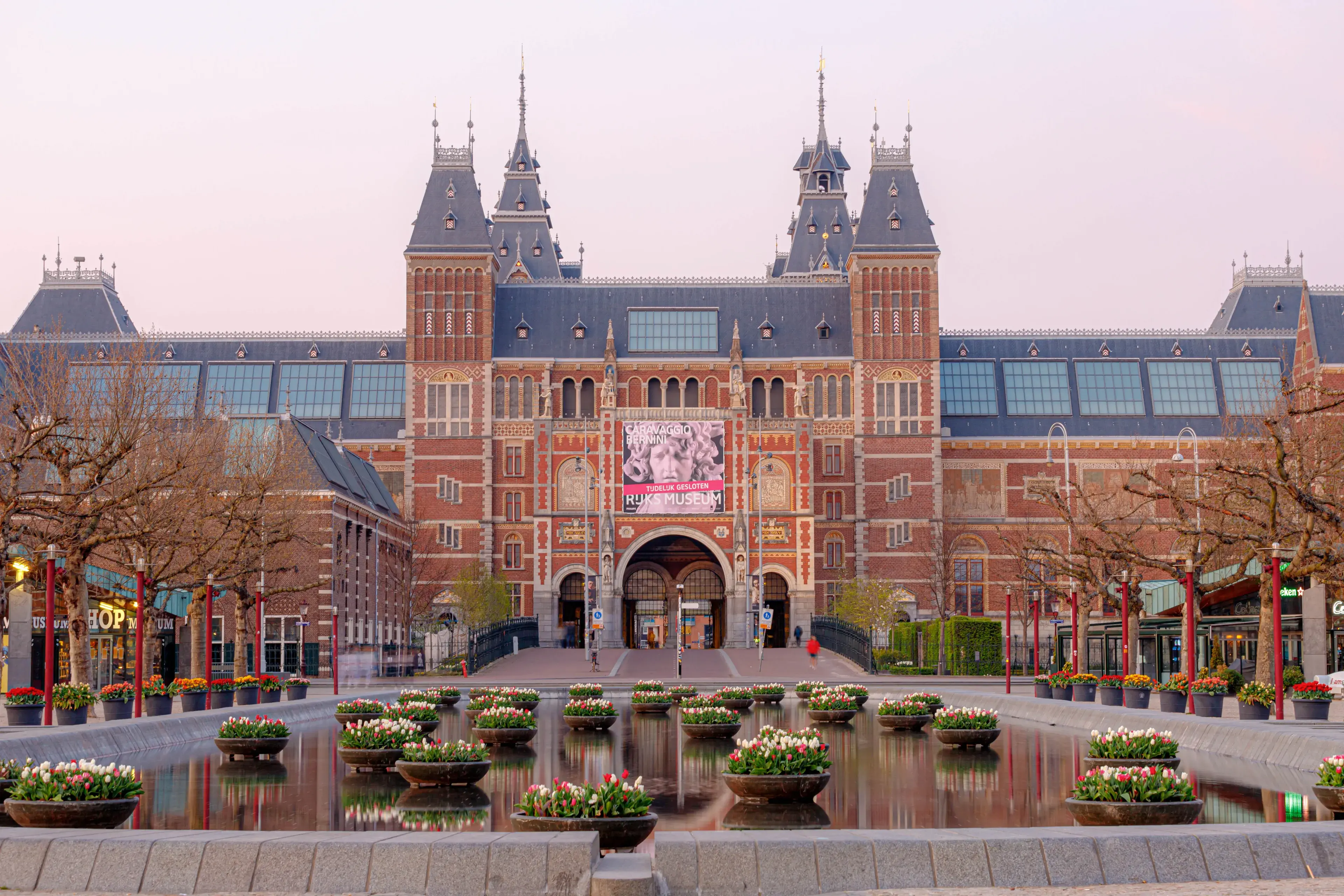
Top 5 Museums in Amsterdam
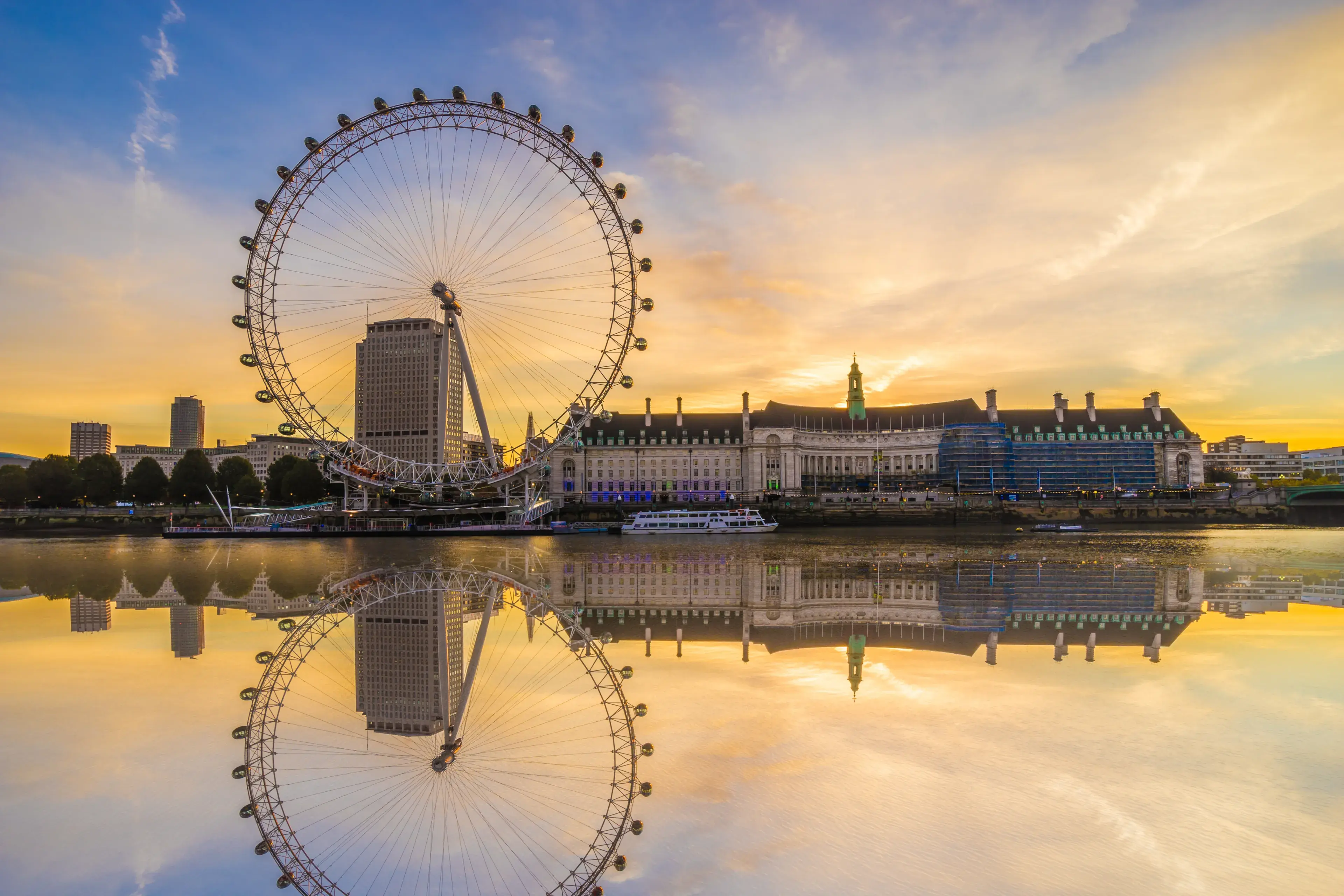
5 Essential Things to do While Visiting London

How to Plan the Perfect Family Vacation

Maraton del Agua: 6K in Buenos Aires
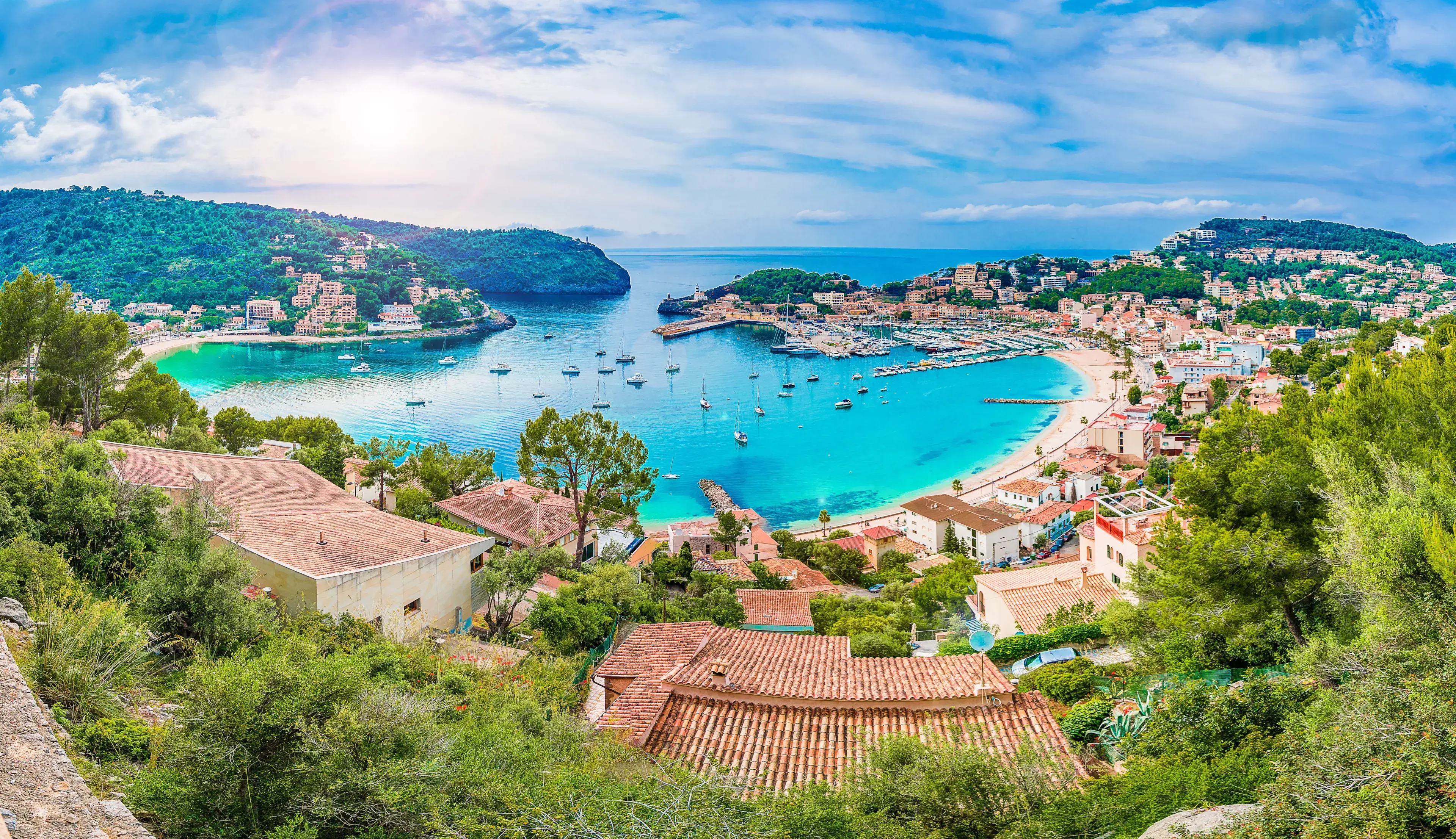
5 Family Holiday Destinations
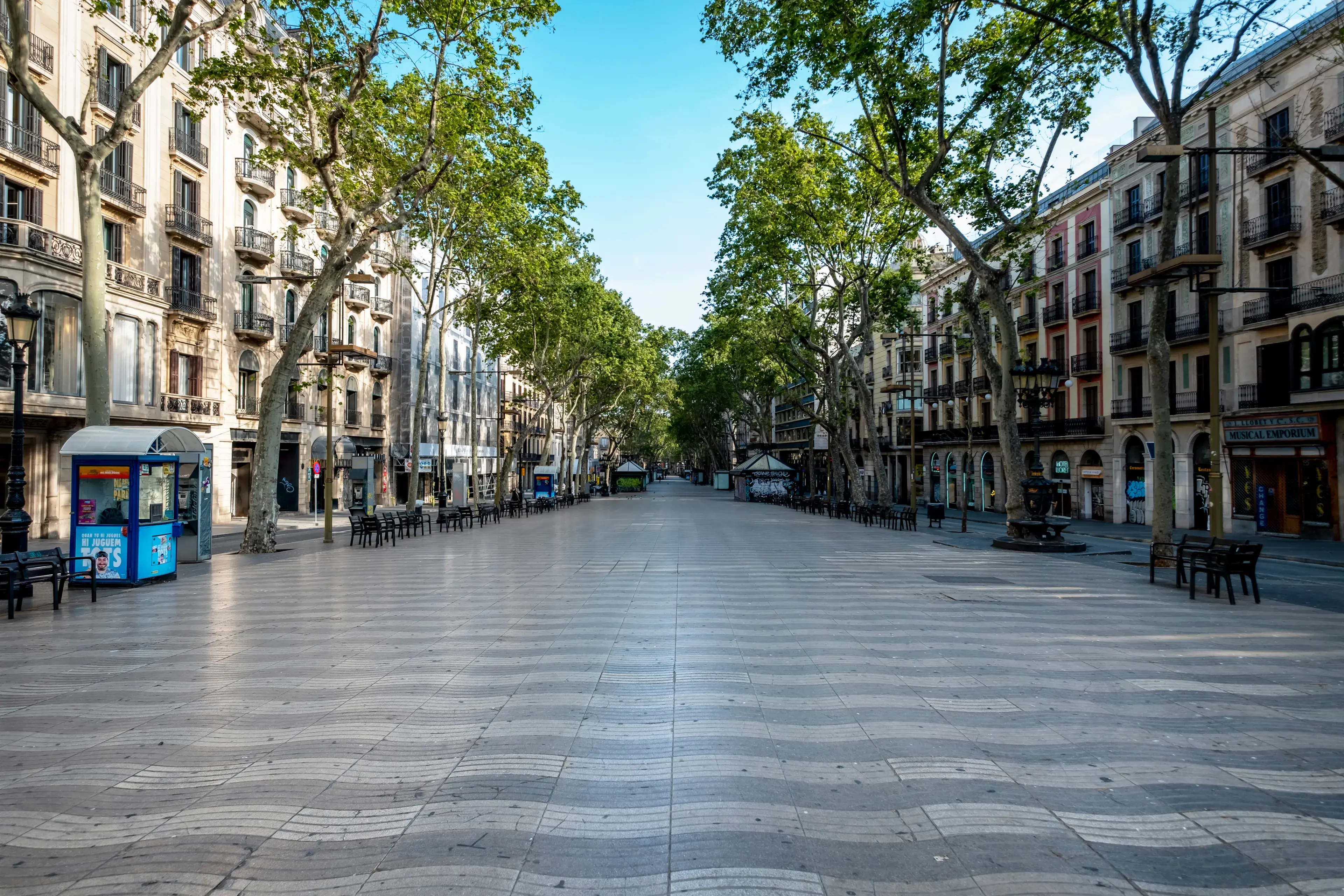
Discover Barcelona for Free

4 Extreme Winter Sports Trips

